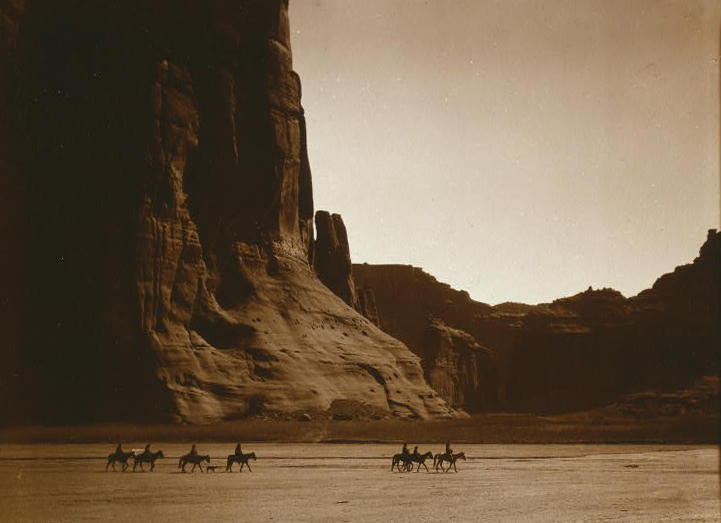We have a lot of content on our websites
There are thousands of pages, articles, guides, announcements, etc. which librarians & staff are constantly updating or creating anew. This volume and diversity makes ensuring the accessibility of authored content one of the harder problems to solve for the Library's websites.
Accessibility is emphasized when training our content coordinators—and have training resources available for all staff [note 1]—but it is not possible to make every content creator a web accessibility expert. In addition the Library does not have any automated tools [note 2] for periodically running accessibility audits, and many tests have to be done by hand.
The problem: how can we ensure that our websites are accessible when we can't audit everything?
Rethinking content authoring
For a long time content creators on our websites were given free rein. The philosophy was that authors should have whatever tools they might need. Under this philosophy content creators were responsible for ensuring the accessibility of whatever they made, else those of us in Library Web Systems and/or User Experience would be responsible for auditing every single page.

Our websites used to be like the Wild West. Laws for content creators were scant, and many dangers were present.
Photograph of Navajo riders in Canron De Chelly by Edward Curtis, taken in 1904.
In addition, many of the tools given to content creators had a high probability of creating inaccessible content. These included the ability to add images without alt text [note 3], use images of text as links, do layouts using tables, etc. The most problematic tool gave all authors the ability to manually edit the HTML of a page.
To use those tools correctly authors would have to have a lot of training. This would have been far too time consuming to provide, and for most it would have been well outside of their job description.
Instead we flipped that philosophy around. Authors are now given the minimum number of tools required to create their content (formatting text, adding links, images, etc). This minimal set of tools serves the vast majority of use cases perfectly. If an author wants to do something they cannot do with the tools provided, such as add some custom HTML, they have to ask an administrator to do it for them.
Sometimes less is more
Taking away features was frustrating for authors who had grown accustomed to tailoring every little aspect of the pages they maintain. However, there were many benefits to these restrictions, some of which were a surprise.
-
Not only does having to ask Library Web Systems to add possibly non-standard content mean we can ensure things are accessible, it often means we can suggest easier to maintain or better alternatives.
-
If people are frequently requesting a certain kind of content, Library Web Systems can create tools for authors to do it themselves. These tools are crafted so that they are easy to use and always create accessible & well styled content.
For instance, since authors no longer have the ability to directly add YouTube embeds, a tool was created to automatically configure and embed YouTube videos. Previously, authors had to manually ensure that YouTube embeds had the proper settings and were styled in such a way that they fit on the page.
-
Having a restricted number of options means authors can focus on writing their content without having to figuring out how to style it. Meanwhile, with fewer possibilities it is a lot easier for our designers to style our websites so all content looks great and is consistently styled.

Braun SK radios are classics of minimalist design. With only three knobs and a clean exterior they gave the user exactly what they need upfront and nothing else.
CC 2.0 BY-SA Nite_Owl -
Some authors are discovering tools that were always there but were never noticed amongst the clutter of rarely used buttons.
-
Removing the ability for authors to directly edit the HTML of a page or add Javascript also removed a number of security risks.
Though it may not seem like it at first, giving fewer options can be liberating for creators, and the benefits for everyone far outweigh the couple of bottlenecks created by these limitations.
Everybody loves endnotes!
- If you are a librarian or staff for the U-M Library check out the Public Website Best Practices on the staff intranet for tips on how to create engaging content that is more accessible for all of our users.
- The university is currently looking into acquiring tools that will assist in auditing our web content.
- Also known as "alternative text", alt text is metadata added to an image on a web page that describes the image. It has many functions including being a description for people who can not see the image due to some disability or because the image could not be downloaded.
- Part 1 of this series discusses the basics of what it means for a website to be accessible.